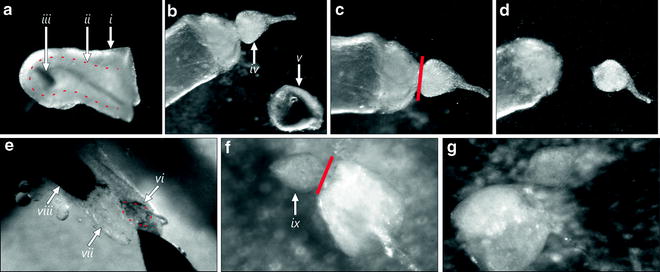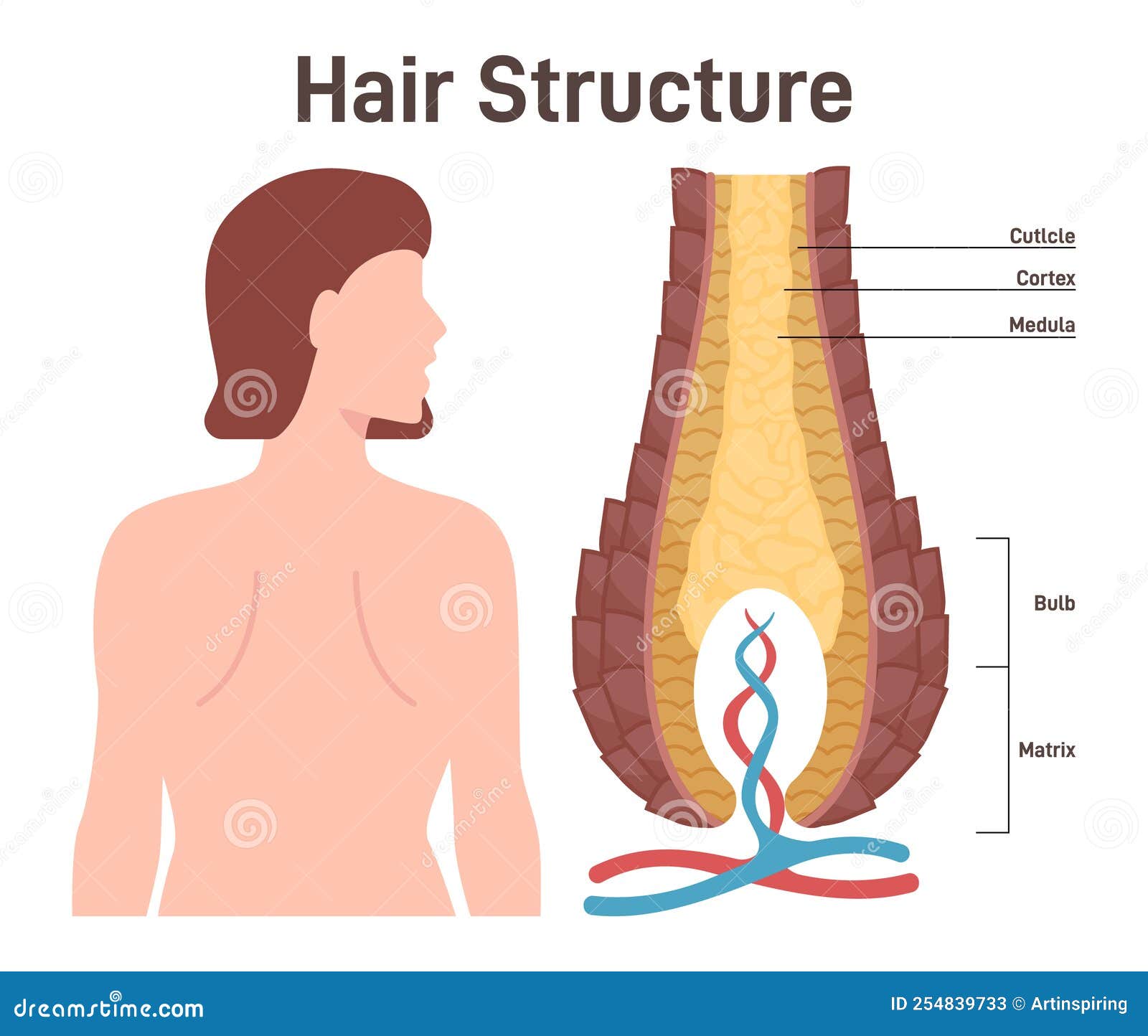Hair follicle dermal papilla cells at a glance The Company of Biologists
Table Of Content

The bulge also provides the insertion point for the arrector pili—a tiny band of muscle tissue. The contraction of these muscles is what causes hairs to stand on end when you get goosebumps. Melanin can be black, brown, or yellow, and varying combinations and quantities of each type gives us each our own unique hair color. These layers can easily be remembered using the handy mnemonic SCALP. The upper layers of the scalp can slide over the connective tissue beneath them, which is why the skin on your head has some ‘movement’.
Citation Manager Formats
In a complementary approach, DP cells were ablated by the cell-type-specific expression of a toxin (Chi et al. 2013). In this case, some, but not all, DP cells were removed from most follicles (Fig. 3). Furthermore, follicles whose DP cell complement fell below a critical threshold number failed to reenter anagen and remained in the telogen phase when their neighbors entered the hair cycle.
The Hair Growth Cycle
The differentiation of epidermal matrix cells into diverse sheath and hair fiber compositions occurs with the propagation of the epidermal plug above the dermal papilla [23]. Three different buds, namely, sweat glands, the follicle bulge, and the sebaceous glands, extend out of the hair plug. The “arrector pili” muscle attaches to the bulge stem cell area and connects hair follicles to the connective tissue. The differentiation of the upper layers of the dermal papilla into the inner root sheath (IRS) and the outer root sheath (ORS) of the hair induces epidermal plug and communicates with DPCs. Undifferentiated cells play a major role in follicle formation in the surrounding matrix of the dermal papilla. According to Figure 1, the development process of a hair follicle comprises a continuous pathway involving induction, initiation, elongation, and differentiation.

α-Smooth Muscle Actin
Induction of hair follicle dermal papilla cell properties in human induced pluripotent stem cell-derived multipotent ... - Nature.com
Induction of hair follicle dermal papilla cell properties in human induced pluripotent stem cell-derived multipotent ....
Posted: Tue, 21 Feb 2017 08:00:00 GMT [source]
Your follicle is similar to a sock; your hair is your foot that goes into your sock. The histological arrangement of the follicle is divided into outer and inner root sheaths. The hair shaft comprises a cortex, surrounding cuticle cells, and sometimes a central medulla found in thicker hair. The bulk of this hair fiber belongs to the cortical layer, which plays a vital role in determining the physical and mechanical properties of the hair, such as strength, texture, and color.
Anagen is the active growth phase of hair follicles[17] during which the root of the hair is dividing rapidly, adding to the hair shaft. Scalp hair stays in this active phase of growth for 2–7 years; this period is genetically determined. At the end of the anagen phase an unknown signal causes the follicle to go into the catagen phase. The results of experimental studies have shown that DPCs rapidly lose their inductivity for new hair formation in conventional 2D cell cultures [9]. In the surgical microdissection and explant culture methods, an inverted end bulb of hair follicles is placed onto a cell culture dish.
Loose areolar tissue
Global expression profiles reveal dynamic expression of secreted molecules in the DP during the hair cycle (Stenn and Paus 2001; Rendl et al. 2005; Driskell et al. 2009; Greco et al. 2009). Thus, DP extirpation and reengraftment experiments that showed a requirement for the DP in the growth and regrowth of feathers implied a similar requirement for the DP in normal hair follicle growth and regeneration (Lillie and Wang 1941; Wang 1943). This was confirmed by analogous experiments in vibrissa (whisker) follicles of the rat (Oliver 1967). Follicles failed to regenerate after surgical removal of the lower third of the follicle, but implantation of DP was sufficient to restore regeneration. Heterotopic tissue recombination experiments between epidermis and dermis in oviparous species also established the concept that the size, shape, and spacing of ectodermal appendages is dictated largely by the dermis (Dhouailly et al. 1998). Although analysis of tissue recombinants in mammals has been more limited in scope, naïve mouse epidermal cells also adopt the hair type appropriate to the region of dermis with which they are combined (Kollar 1970).
Conditioned Medium and Cell Signaling Approach
New hair cells are constantly being made in the hair bulb, close to the papilla. Also attached to the follicle is a sebaceous gland, which produces the oily or waxy substance sebum. The higher the density of the hair, the more sebaceous glands that are found.
Tissue Engineering Strategies for Human Hair Follicle Regeneration
It begins at the surface of the epidermis and extends to the opening of the sebaceous duct. The isthmus is the area between the sebaceous duct opening and the bulge. The bulge is an area of the follicle marked by the insertion of the arrector pili muscle. Also, the bulge contains several epidermal stem cells that are part of the outer root sheath and stain with CK19, CK15, and CD200. Finally, the inferior segment of the hair follicle extends from the bulge to the base of the follicle. This segment includes the bulb, which contains the follicular matrix surrounding the sides and top of the dermal papilla.
The exosomes derived from human hair dermal papilla activate the Wnt/β-catenin and Shh cell signaling pathways to regulate hair follicle growth. The results of the EV treatment of hair loss in mice appeared promising for improving the hair induction capacity of DPCs. Our result has shown HHORSC-Exo and ASC-Exo as new methods to support hair inductivity of DPCs and improve the outcome for the treatment of hair loss.
Hedgehog signaling reprograms hair follicle niche fibroblasts to a hyper-activated state - ScienceDirect.com
Hedgehog signaling reprograms hair follicle niche fibroblasts to a hyper-activated state.
Posted: Fri, 01 Jul 2022 05:43:08 GMT [source]
The catagen phase lasts only 2 to 3 weeks, and marks a transition from the hair follicle’s active growth. Finally, during the telogen phase, the hair follicle is at rest and no new growth occurs. At the end of this phase, which lasts about 2 to 4 months, another anagen phase begins. The basal cells in the hair matrix then produce a new hair follicle, which pushes the old hair out as the growth cycle repeats itself. Hair typically grows at the rate of 0.3 mm per day during the anagen phase.

The catagen phase begins with the end of the anagen phase and is characterized by a transition into quiescence. During this phase, which can last a few weeks, the hair follicle undergoes apoptosis-driven regression and loses about one-sixth of its standard diameter. The formation of a club hair, an important prognostic indicator in assessing hair pathology, also occurs at this time. If many hairs form club hair at once and are subsequently shed, it can give the appearance of thinning. Some conditions this may occur in include, but are not limited to, hypothyroidism, hyperthyroidism, stress, vitamin deficiencies, and post-childbirth.
Treating DPCs with herbal extracts plays a major role in activating the Akt pathway in humans. This pathway regulates the survival, proliferation, and inductivity of DPCs [75]. The result of a recent study has demonstrated that pharmacological modulation of JAK-STAT pathway was shown to improve trichogenic ability of cultured human DPCs. One of the alternative in vitro approach to multiply trichogenic ability of DPCs is the establishment of 3D sphere cultures, which help to reestablish cell-cell contacts and increase in vivo DP hair inductive ability [20, 57]. Marker proteins commonly used to identify dermal papilla include ALP, α-SMA, versican, and CD133. DPC, dermal papilla cell; ALP, alkaline phosphatase; α-SMA, α-smooth muscle actin.
Comments
Post a Comment